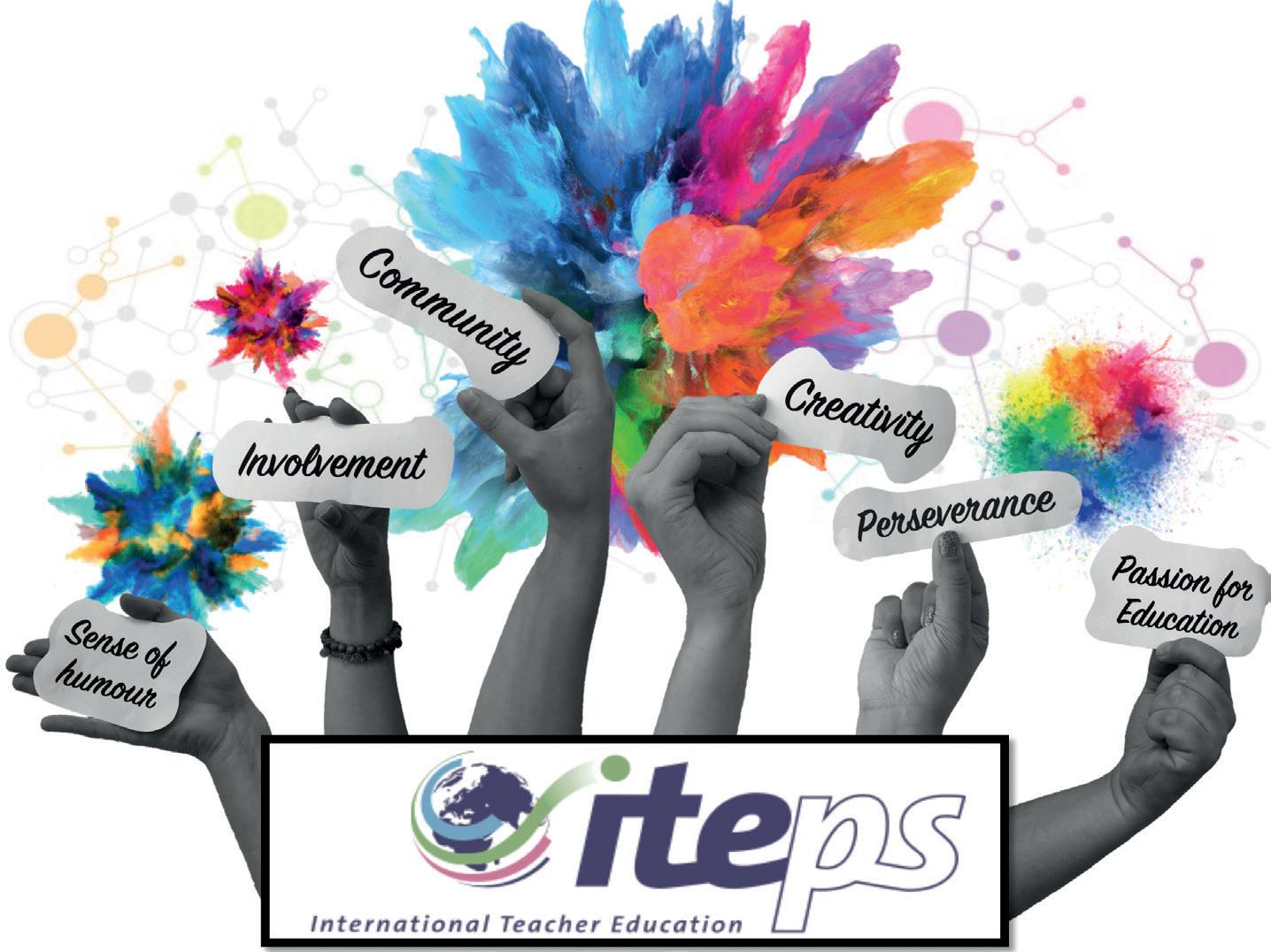Curriculum, learning and teaching
International schooling in China – the starting point Richard Mast makes a call to action to establish genuine and lasting collaboration There are now many schools across China offering international education in some form to Chinese students. This phenomenon has evolved over time and is gaining a high level of prominence. The typical approach is to find the legal and operational structure to be able to offer this service. In most cases, there are foreign teachers and administrators involved. Chinese teachers and administrators perform their roles, ranging from being fully in charge through to having supportive roles. Foreign administrators can have high level leadership responsibilities and the foreign teachers are there as the experts in international education. This situation can be seen as a coming together of parallel universes. All the participants are able to interact as if they share the same dimension, but that is not the reality. The Chinese world is a way of thinking, interacting with the universe, perspectives and methods of action that are fundamentally different from the western-constructed universe of the foreign teachers and administrators. The schools are offering education that includes the use of an international curriculum. This Trojan Horse is placed into the Chinese world and then all the participants try to merge the Western pedagogy, assessment and cultural values with China. How can this work? One starting point is to understand what is happening and to develop a successful model that supports the decision by parents to send their children to the school. Parents are paying for their child and their family to gain the benefits of an education that includes the learning of English and attaining advantages from the international component. At least, on the surface that appears to be the reason. To a large extent, these are the responses parents will give when asked, because it is likely that they may be underestimating the potentially negative effects of placing their child in an educational experience that is dominated and shaped by western education and values. What the parents do not want is also important to recognise. They do not want their child to be ‘Westernised’ through experiencing an international curriculum, the pedagogy or the cultural essence that underpins them. Chinese culture and values must be not only preserved but also enhanced and honoured in the education process. The danger – the reason for tension in these schools – is that a structure is created that achieves very little in terms of what the parents and the foreign educators are seeking. To start Autumn
Spring |
| 2020
the process of having Chinese schools fulfil a promise that is valid, is reflective of the culture and allows the students to gain benefits from international education in a way that supports the values and ambitions of the family, we have to look at the dynamics. Let us assume that international education, in some form, has a place in an education process for Chinese students. For this to happen, there have to be benefits. If international educators are asked what the benefits are of international education, they could provide a list. Look at any of the documentation available from the international curriculum providers and you will see the list, or at least a starting list, and then examination of the pedagogy and assessment will show the emphasis of the learning and so what is valued. Show this same information to Chinese parents, teachers and administrators and you may not find agreement. Herein lies the challenge. Even if the parents, teachers and administrators agreed with some of the list of advantages, there is need for significant caution. This situation is one of the traps of bringing the parallel universes into a common location. How the Chinese parents, teachers and administrators interpret the list is the critical part of the process. Their interpretation will be very different from that of the developers of the curriculum, the examining authority and the foreign teachers and administrators in their statements. If a school is created with a combination of Chinese teachers and administrators with foreign teachers and administrators for Chinese students, this question has to be addressed: ‘what are the advantages that the school can bring to the learning and development of the students?’ It is wise to assume that the perspectives of everyone in this situation are not aligned. The school needs to engage in an in-depth dialogue to flesh out the answer for its community. There is potentially an immovable object or two in the room. When the school hires the foreigners, they are hiring experts in international education. That is correct. However, they are not experts in Chinese culture, education or the learning and thinking of students. The experts in this domain are the Chinese teachers, administrators and parents. If the school accepts the idea that the international curriculum is the immovable, inflexible object then there is a problem. It is important to remind the foreign teachers and administrators of one of the foundational elements of western education. The heritage of the Age of Enlightenment has resulted in a
23

























